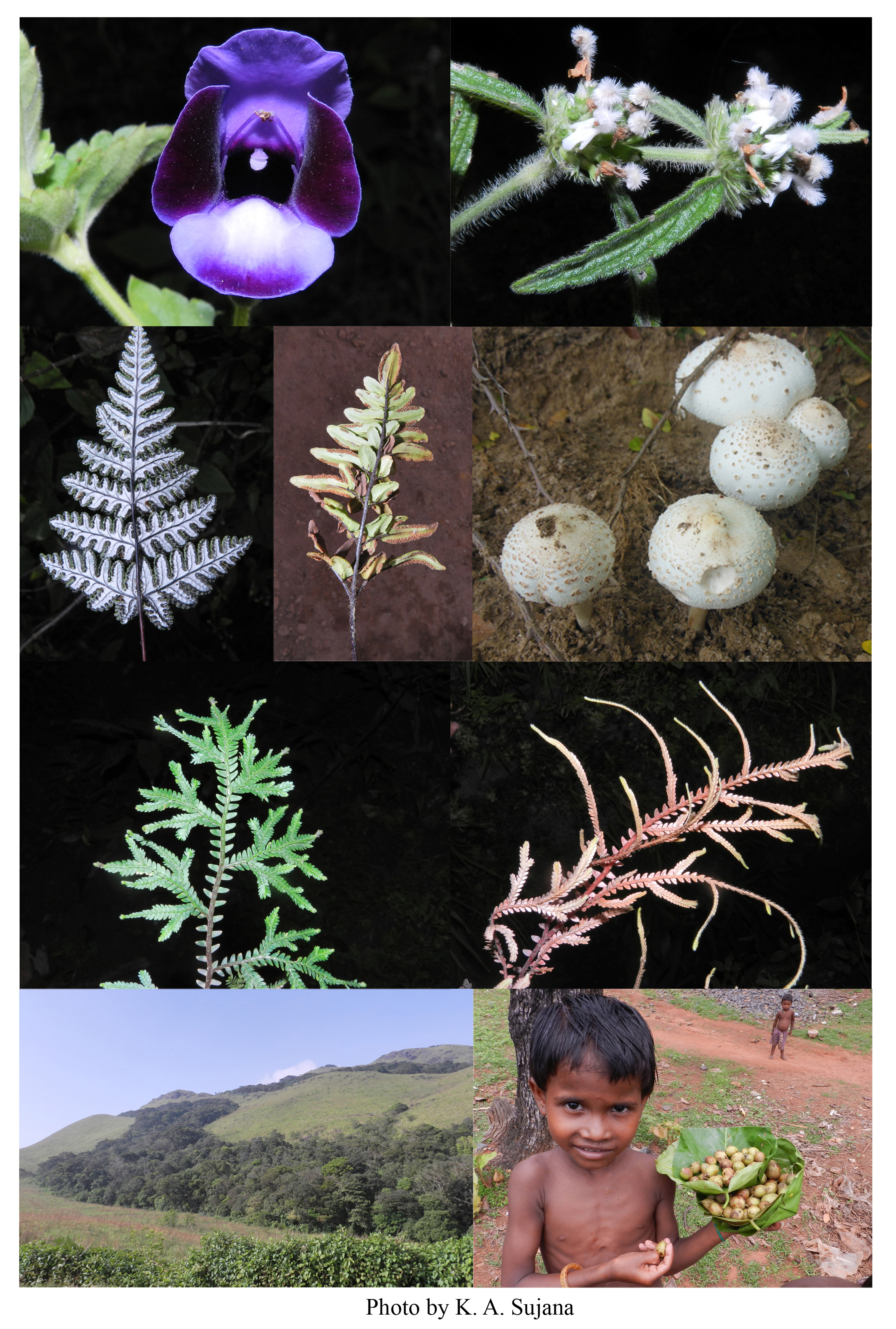FLORAL DIVERSITY IN INDIA
Floral diversity refers to the diversity of plants occurring in a specific region during particular era. It generally refers to the diversity of naturally occurring indigenous or native plants. The word “Flora” comes from the Latin, Flora – the goddess of plants (floris means flower). A total of 215,644 species of plants out of 298,000 predicted have been catalogued on earth till-date. Apart, 8,600 plant species have been recorded from ocean out of estimated 16,600. India, being one of the tropical countries harbours 54,733 species including species of virus/bacteria and fungi. In India, the floral diversity is concentrated in four phytogeographically unique regions, viz., Himalayas, Western Ghats, Northeast India and Andaman and Nicobar Islands. The Indian Flora accounts for 11.4% of the total recorded plant species of the world and about 28% of the plant species are endemic (species confined to a particular geographical region) to India. Angiosperms are the largest plant group in India comprising a total of 21,849 species, constitutes 39.92% of floral diversity of the entire country, followed by fungi comprised of 15,504 species, representing 28.33%. The country also has high level of cryptogam (Bryophytes and Pteridophytes) diversity. A total of 1,310 species of Pteridophytes and around 2,791 of Bryophytes have been recorded from India so far. The bryophytes (Mosses and Liverworts) are also significantly rich in the Himalayas, Nilgiris, Western Ghats, Eastern Ghats and Andaman and Nicobar Islands. Algae and Fungi have widespread distribution in India. The diversity of marine algae in Gujarat coast of Okha-Dwarka region and Mandappam-Pamban region of Tamil Nadu coast appear to be the species-richest. Lichens are composite organisms consist of symbiotic algae and fungi found very rich in the Western Ghats, Eastern and Western Himalayas and Andaman and Nicobar Islands. A total of 2,961 species of Lichenes has been recorded from India so far. Most of the ferns and gymnosperms (including cycads, pines, firs, junipers, etc.) grow in cool temperate zones of the Himalayas, and in the mountainous regions of southern India, especially in the Western Ghats. According to current estimates, the Indian flora represents nearly 12% of the global floral diversity (excluding viruses). The significance of the Indian flora is further evidenced by the number of species of wild relatives of crop plants in different regions of the country. Rice, sugarcane, jute, tree cotton, yams, brassicas, cucurbits, citrus fruits, various millets, tamarind, banana, mango, jackfruit, ginger, turmeric, cinnamons, cardamom, cumin seeds, black pepper, betel nut and numerous aromatic and medicinal plants are the important plant resources of the Indian region. Conservation is a protective measure to prevent the loss of genetic diversity of all species, to save species from extinction and ultimately to protect all the ecosystems from damage so as to promote their sustainable utilisation.
